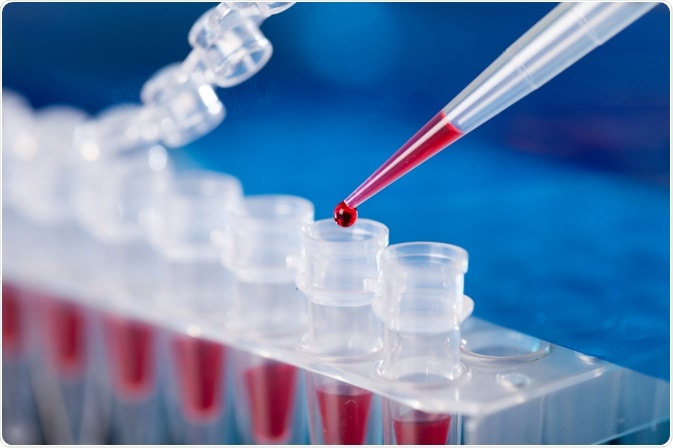Transfer-PCR refers to a technique in which PCR amplifies target DNA and integrates it into a destination vector in a single tube, without the need to purify the intermediate PCR product.
 science photo | Shutterstock
science photo | Shutterstock
How does transfer-PCR (tPCR) work?
Previous DNA cloning methods involved digesting the vector and inserting the DNA into a target using restriction enzymes, followed by ligation. This method is referred to as Ligation-Dependent Cloning.
Subsequently, methods which do not involve ligation were developed; referred to as Ligation-Independent Cloning (LIC). Transfer PCR is a form of LIC where the DNA manipulation can be performed in a flexible, fast, and economical way.
This methodological approach basically combines the two methods of PCR amplification and DNA integration into the target vector, and removes the steps of intermediate purification or the use of commercial kits.
DNA cloning
In a proof of concept study, scientists used two genes of different lengths (1300bp and 500bp), as well as a donor plasmid to incorporate the gene into the expression vector. Primers chosen to amplify the sequences ranged from 50–57 base pairs, and had an overlapping region of 30bp with the site that had to integrated in to the recipient vector.
Limited amplification of the target gene was performed for thirteen cycles, which was followed by a subsequent twenty cycles of amplification, and longer elongation time which incorporated the mega-primers in to the recipient vector.
In this reaction, the efficiency of transfer PCR is greatly dependent on the concentration of primers as the intermediate PCR product generated increased with increasing primer concentration. The presence of the desired gene was confirmed by performing colony PCR with primers flanking the target integration sites.
The authors of the study have now been successful in cloning over 100 genes into several expression vectors using transfer PCR, proving the efficacy of this method to clone DNA.
Multiple-site targeted mutagenesis
Transfer PCR has also been used to perform complex DNA mutagenesis, including the simultaneous generation of multiple targeted mutations at specific sites in a protein coding sequence. Moreover, the method has been used to incorporate multiple mutations into the calmodulin (CaM) gene to increase its binding capacity towards Calcium-dependent kinase II; however, the process time took very long.
To reduce the construction time, a variant of CaM with nine mutations can be selected, and seven primers incorporating these changes have been designed by researchers. Then, transfer PCR can be performed by adding all seven primers simultaneously in to the reaction mixture.
The method of multiple-site mutagenesis is also highly dependent on primer concentration, where the intensity of PCR was increased in response to increased primer concentration. The highest intensity of synthesized plasmid was observed when the primer concentration was in the range of 10–20 nanometers; however, at concentrations higher or lower than this range, there was a dip in the efficiency.
Combinatorial libraries of proteins
To demonstrate this application, a well-characterized domain of streptococcal protein G was chosen. The aim was to design novel binding and inhibiting partners of Ras GTPase, a master switch that regulated pathways concerned with cell growth and differentiation. The construction of a combinatorial library of protein G mutants was performed by using transfer PCR.
Three mutagenic primers were used that contained the desired specific and degenerate nucleotides at specific locations. The efficiency was dependent on the concentration of primer, with peak efficiency present at primer concentrations of 10–20 nanometers.
Twenty-eight randomly selected clones were sequenced and found to be unique. Also, screening of the multiple variants of G protein also revealed the presence of novel G protein binding sequences, showing the advantages of such a method. In short, the adaptation of the transfer PCR method has the propensity to simplify, expedite and reduce time and costs for a wide array structure and functional studies.